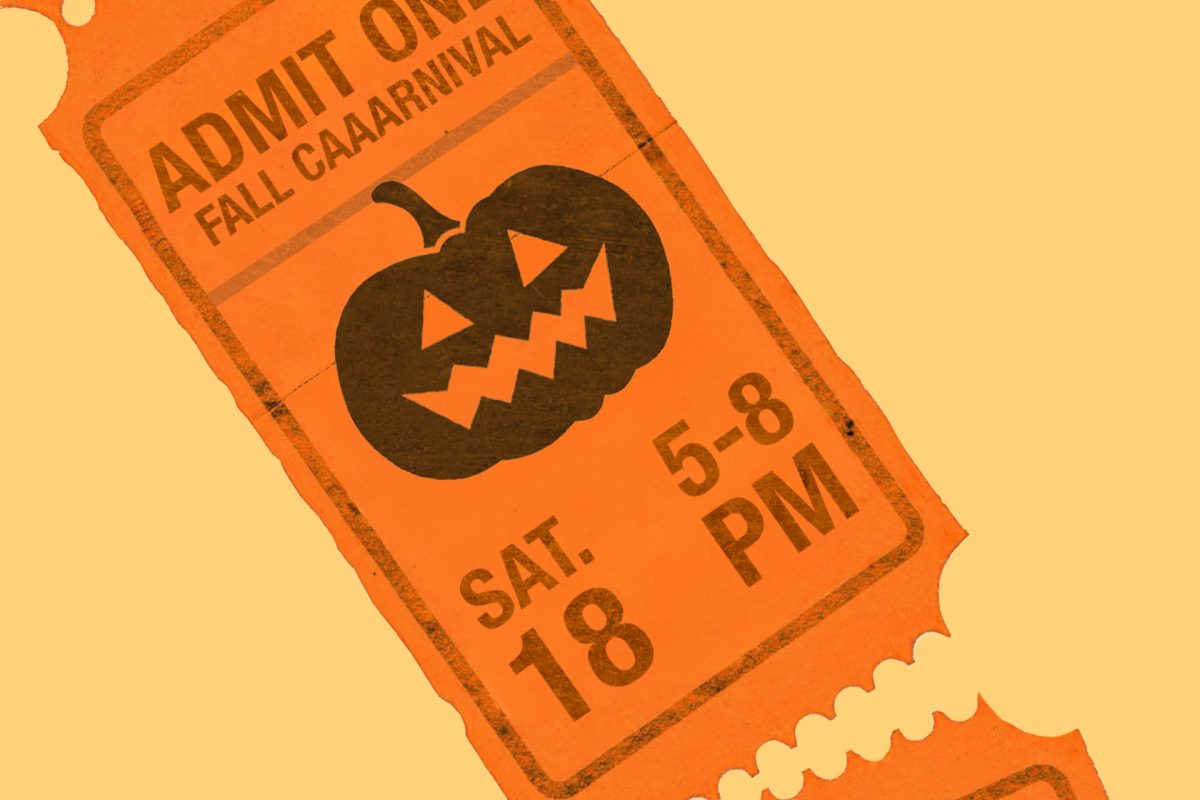It took three days and a total of 2,755 miles for senior Christine Rapp to see her first “textbook tornado.”
A textbook tornado is a term Rapp uses to define a stereotypical tornado seen in movies or science books. But for the tornado enthusiast and Storm Chase Team member, a textbook tornado is a real thing.
Rapp chased the tornado with 11 other students in April 2011, riding with three other students in the first of what came to be a convoy of three cars. Despite trials such as a 20-hour straight drive and a broken-down car, which forced the team to cram into two cars, only a concealed glimpse of a tornado during night two rewarded the group.
On the third day, a tornado touched ground in a field on the other side of I-70 Highway in Salina, Kan., where the team was located.
“When we were watching it drop from a funnel cloud to the ground…and when we finally saw it touch and the dust fly up from the ground…we were saying, ‘Come on baby, come on baby,’” Rapp said. “We were just relieved…it made it all worthwhile.”
Brett Williams, one of three co-chairs of the team, rode in the same car as Rapp last April. Williams estimated that only about 40 percent of chases result in success.
But last spring Williams said the tornado touched the ground about 500 yards away.
“Most of the people in our field have kind of been weather nerds all our lives,” Williams said. “So finally getting to see and witness that and to be that close to a powerful phenomenon is kind of hard to describe.”
All members on the Storm Chase Team are pursuing minors or majors in atmospheric science, a requirement to be on the team. The team currently has about 30 members and is a student-run branch of the Meteorology Club, which embarks on severe weather chases around the Midwest. The team does most of its chases in the spring, but will occasionally chase a storm in the fall.
Students participating in a chase must pass an annual safety test and agree to behave in a safe and law-abiding manner. Additionally, underclassmen take weather-training courses.
From there, participants can act as a base team leader, communicator, radar operator, navigator or social media coordinator at “base” in Columbia or be a driver, navigator or communicator in the “field.” On average, the team chases four to five storms in a season.
The group does not receive funding from MU, but Williams said he hopes the team can acquire funding in the future for research opportunities. The team maintains affiliation with SkyWarn, a volunteer program created by the U.S. Department of Commerce that reports to the National Weather Service by reporting conditions to the program.
“You can appreciate the fact that (the weather) can influence what kind of mood you’re in and the fact that someone can interpret it for you and tell you about it,” sophomore member Noelan Hensley said. “You can appreciate that it can affect your day and someone else’s day.”
Hensley said he incorporates storm chasing into campus as well, serving as the Peer Advisor for the Storm Chasers FIG this year. Hensley’s own interest in weather began after he took a science class in eighth grade.
“It’s something people would find not practical or not wise,” Hensley said. “People might say you’re doing something that could lead you to your death…but it’s definitely something where you feel that adrenaline — you feel that rush.”







